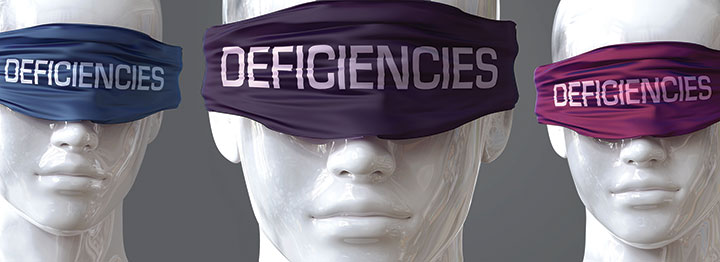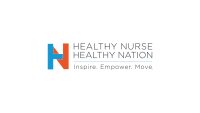The U.S. healthcare system needs adequate reserve capacity to address future pandemics.
The current U.S. healthcare delivery system doesn’t have the capacity to handle a pandemic like COVID-19. As the virus spread throughout the country, it exposed deficiencies in the availability of sufficient primary care, regular and intensive care unit beds, and ventilators. Maybe I’m being too simplistic, and most assuredly I’m old-fashioned, but it seems to me that restoring preparedness as a cultural norm might help improve U.S. healthcare. Human behavior has changed over the years—technology has changed, populations have changed, bacteria and viruses have changed—but we still run overly expensive, profit-oriented hospitals.
COVID-19 exposed all the deficiencies in healthcare that already existed and placed patients and healthcare workers at risk for preventable harm. Although an effective COVID-19 vaccine was developed, far too many people have refused to take it. With the Delta variant, many hospitals are overwhelmed with desperately ill unvaccinated patients. In the absence of functional, widely available primary care, the United States has established ad hoc systems to advise and treat many Americans, but these systems have failed. The attendant delays and expenses would have been avoidable had the virus not been politicized, which makes everything more difficult.
Another problem facing the U.S. healthcare system is its lack of reserve capacity to handle crises of the type the country is now experiencing. For example, the system’s supply of hospital beds has been declining for the past two decades because of hospital closures and mergers. Now, in too many areas, patients are lining up on gurneys in frantically busy emergency departments with patients overflowing into the halls of hospital floors—and even to tents outside. These issues are particularly acute in rural areas, where shortages of health professionals and emergency facilities are routine in normal times.
For years, epidemiologists have warned us of the possibility of catastrophic epidemics of new flu-like illnesses, but the U.S. delivery system wasn’t ready. Among many other reasons for this lack of preparedness, the Centers for Medicare and Medicaid Services doesn’t factor in the costs of stand-by capacity in its routine payments to hospitals, which limits hospitals’ ability to build and maintain the extra beds and supplies that might be required.
The current pandemic should trigger a careful examination of the reserve capacity needed to manage a comparable future event. The first step is to determine how to create that reserve. This might begin with a public–private task force, chaired by the Secretary of Health and Human Services, which would develop and submit recommendations for how to protect medical personnel from highly infectious agents such as the novel coronavirus and to ensure an adequate supply of health professionals if their ranks are depleted by illness.
Hopefully, the COVID-19 pandemic will spur Congress to finally develop and fund a plan to create a critically needed reserve capacity.


Leah Curtin, RN, ScD(h), FAAN
Executive Editor, Professional Outreach
American Nurse Journal


















